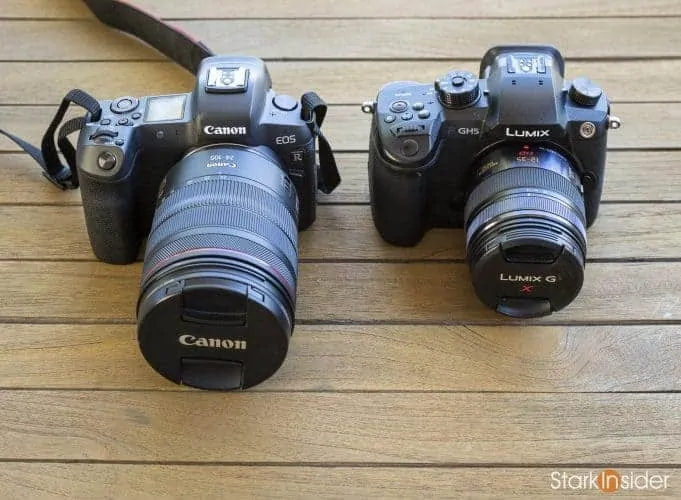Shipments were down 22% last year and things aren’t like to improve anytime soon for the flailing digital camera market.
According to a Japanese report, 20 million digital stills camera (DSC) units were shipped last year. The trend is y/y declines in sales including 2017 y/y, 2018 y/y and so far in 2019 y/y. Down, down, down.
2018 Market Share: Digital Cameras
Company / Share / Change y/y
Canon 40.5% (+ 3.9)
Nikon 19.1% (-2.7)
Sony 17.7% (-0.7)
Fujifilm 5.1% (+1.3)
Olympus 2.8% (+0.1)Source: Digital Camera Info
Interestingly, despite the ubiquitous trolling, Canon actually gained 3.5% share in 2018. Nikon and blogger favorite Sony both dropped. Fujifilm and Olympus, although much smaller players, saw small gains.
The original report can be read here.
Moving Upmarket: Here comes fullframe mirrorless
Meantime, camera manufacturers aren’t sitting still. In the past 12 months we’ve seen a bevy of new models and announcements. The trend seems to be mirrorless full-frame these days. Canon took its first steps into this — typically premium — market when it released EOS R followed shortly by the entry level EOS RP. Nikon too decided to test the mirrorless full-frame waters with the generally well-received Z6 and Z7. Sony has been a long mirrorless leader, with a solid and comprehensive range of models including the A7 III, A7R II, among many others in the Alpha line-up. And Panasonic released the S1 and S1R mirrorless cameras.
But will it be enough?
Smartphone cameras are shockingly good
Smartphone cameras keep getting better. That’s not likely to change, especially with software smarts enabling capabilities we could only dream of just a few years back. A simple example: portrait mode on the iPhone. Tap that option when taking a photo and all of a sudden you can blur the background and have your subject pop out. Much like you’d get from, say, an 85mm telephoto lens. Here, though, you don’t need to worry about hauling such a heavy lens around to achieve a similar (but certainly not exact) effect, not to mention be concerned about additional expenses.
Software is the not-so-secret weapon
It could be that Canon, Nikon, Sony and Fujifilm and all the rest needn’t worry about each other. Rather, perhaps they should be worried about computational photography and the power of software. That’s a blind spot for the lot in my view. Meanwhile Google and Apple are programming and cloud powerhouses that know how to release apps and software that consumers find intuitive — and often fun — to use. Contrast that philosophy against the stagnant user interfaces found on most of today’s DSLR and mirrorless cameras and you can see the problem that the traditionalists face going forward.
Given that the smartphone has killed the point-and-shoot market, it seems only natural iPhones and Pixels will increasingly move upmarket as their specs and features improve (likely at an exponential rate). We’re already seeing slow motion, 4K, stabilization, aforementioned portrait modes and a whole bunch more tantalizing features. So if our phones are so good, why bother carrying a dedicated camera?
Canon, Nikon and Sony and the rest are searching for that answer. It’s not clear to me anyone yet knows.


